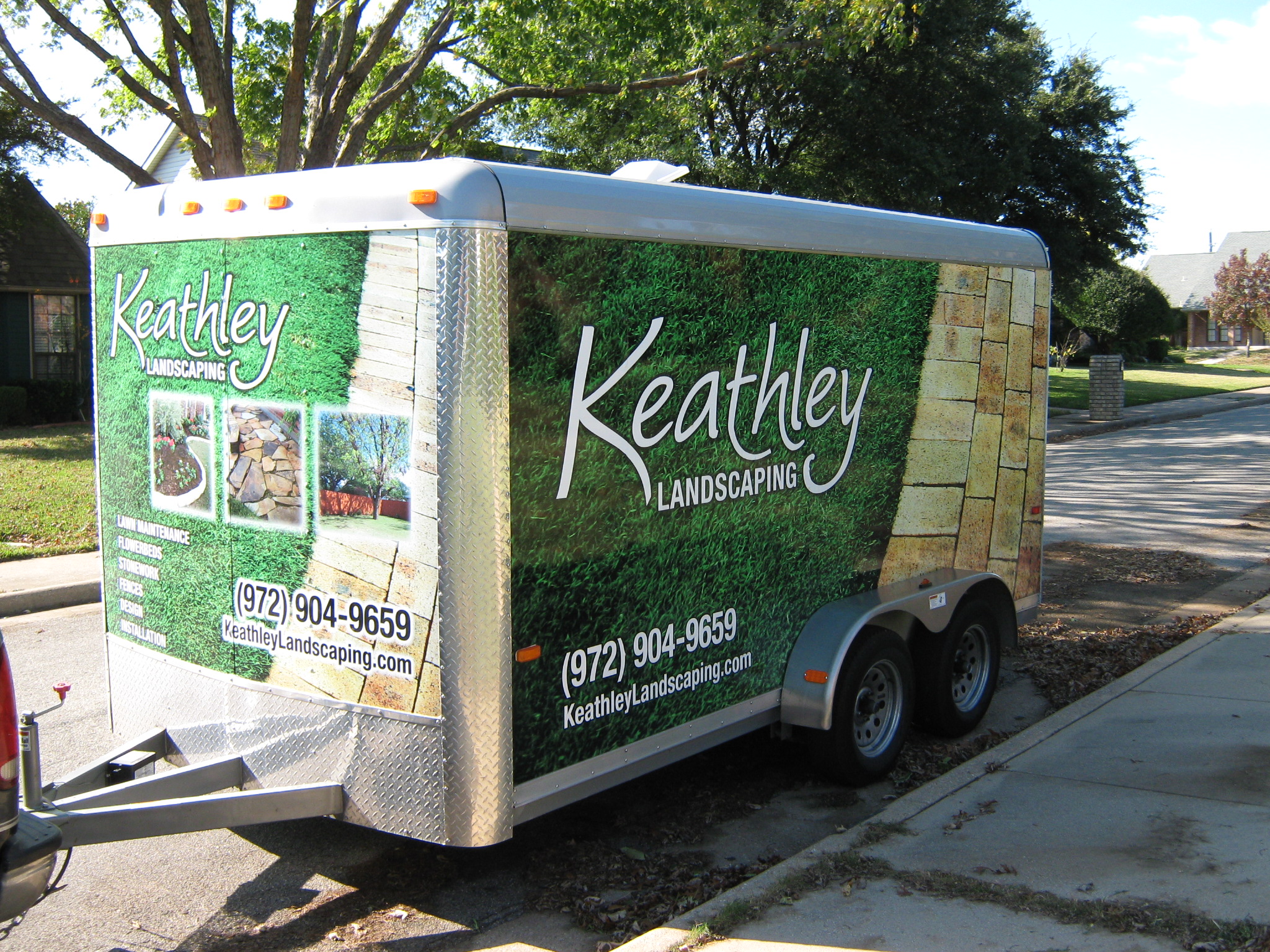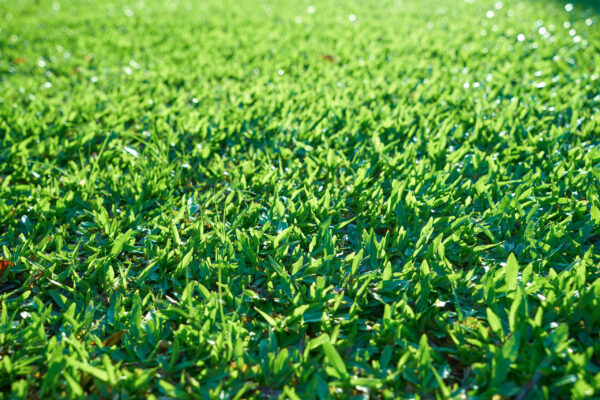Sod Installation: How to Keep Your Lawn Pest-Free 🌱
There’s nothing quite like the sight of a lush, green lawn to enhance the beauty of your home. However, maintaining that pristine look requires more than just regular watering and mowing. Pests can quickly turn your perfect lawn into a patchy mess. In this guide, we’ll explore how to keep your newly installed sod pest-free, ensuring it stays healthy and vibrant.
Table of Contents
1. Understanding Sod Installation Basics
2. Common Lawn Pests to Watch Out For
3. Preventive Measures to Keep Pests Away
4. Natural Pest Control Solutions 🌿
5. When to Call a Professional
6. Conclusion
Understanding Sod Installation Basics
Before diving into pest control, let’s briefly touch on sod installation. Sod is a pre-grown grass that comes in rolls or squares, making it a quick way to establish a lawn. Proper installation is crucial for the health of your lawn and its resistance to pests. Ensure your soil is well-prepared, level, and fertilized before laying the sod. Water it thoroughly after installation to encourage root establishment.
Common Lawn Pests to Watch Out For
Unfortunately, lawns attract various pests. Some common culprits include:
Grubs: These beetle larvae feed on grass roots, causing brown patches.
Chinch Bugs: These tiny insects suck the sap from grass blades, leaving behind dead spots.
Armyworms: As their name suggests, they attack in numbers, rapidly consuming grass blades.
Preventive Measures to Keep Pests Away
Prevention is key to maintaining a pest-free lawn. Here are a few strategies:
🌼 Healthy Soil: A well-aerated and nutrient-rich soil fosters strong grass, less susceptible to pests.
🚿 Proper Watering: Overwatering can lead to fungal issues, while underwatering stresses the grass, making it vulnerable to pests.
✂️ Regular Mowing: Keep your grass at the recommended height to discourage pests and promote healthy growth.
Natural Pest Control Solutions 🌿
For those who prefer natural methods, several options can help keep pests at bay:
🐜 Neem Oil: This natural pesticide disrupts pest life cycles and is safe for beneficial insects.
🦋 Beneficial Insects: Introduce ladybugs or nematodes to naturally control pest populations.
🌾 Companion Planting: Plants like marigolds can repel certain pests when planted alongside your lawn.
When to Call a Professional
If your pest problem persists despite your best efforts, it might be time to call in the experts. Professional pest control services can offer tailored solutions and treatments that are safe for your sod and effective against pests.
Conclusion
Keeping your lawn pest-free involves a combination of proper installation, regular maintenance, and timely interventions. By understanding the common pests and using both preventive and natural control methods, you can enjoy a beautiful, healthy lawn all year round.
FAQ
Q1: How often should I water my newly installed sod?
A: Initially, water your sod daily for the first two weeks to help establish roots, then gradually reduce frequency.
Q2: Can I use chemical pesticides on my sod?
A: While chemical pesticides are effective, they can harm beneficial insects. Consider natural alternatives first.
Q3: What are signs of a pest infestation in my lawn?
A: Look for brown patches, visible insects, and grass blades that are chewed or dying.
Q4: How can I prevent grubs in my lawn?
A: Maintain healthy soil and consider applying nematodes, which are natural predators of grubs.
Q5: Is it necessary to hire a professional for pest control?
A: While many pest issues can be managed independently, persistent problems may require professional intervention.





































Recent Comments